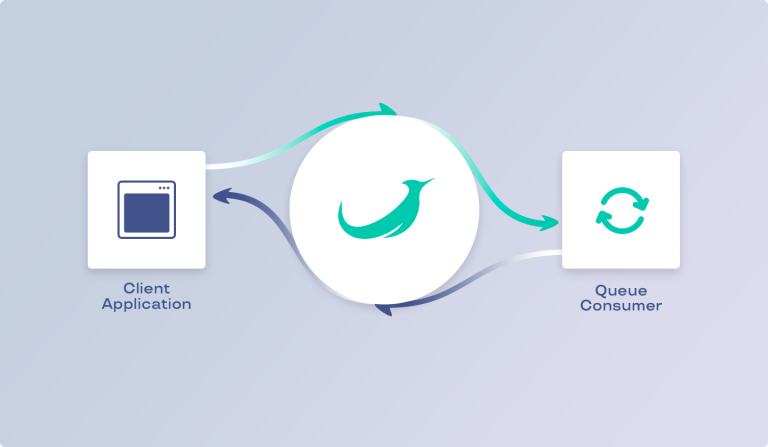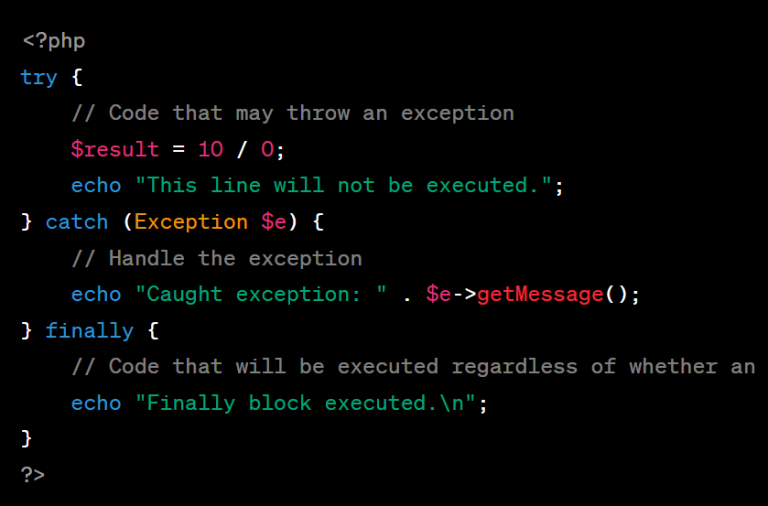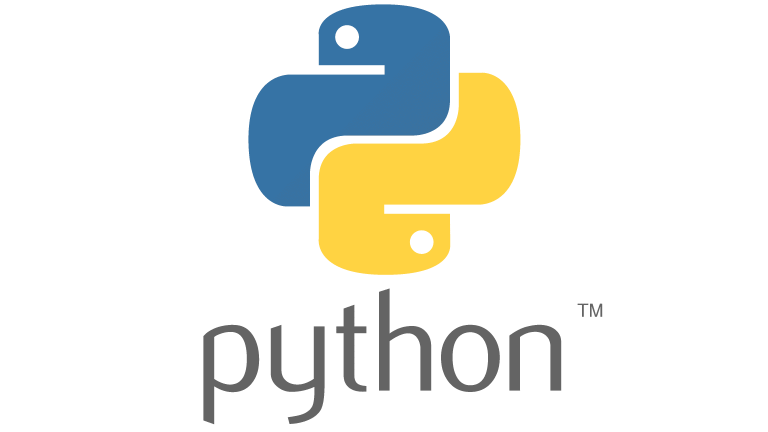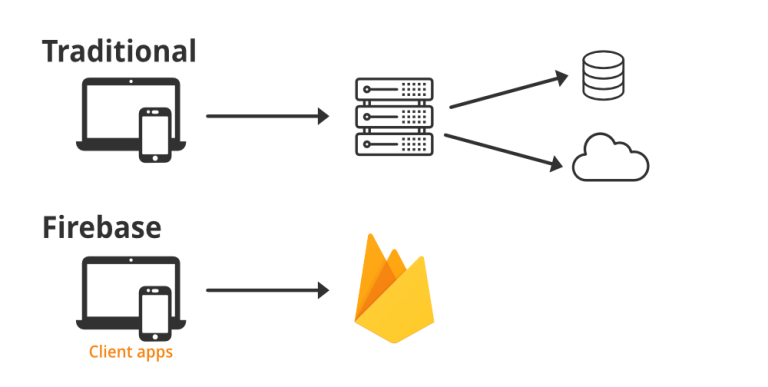Introduction
Performing CRUD operations (Create, Read, Update, Delete) in a PostgreSQL database using Python is a key skill for building robust applications. In this guide, we’ll walk through each CRUD operation step by step, utilizing the psycopg2 library for database interactions.
1. Setting Up PostgreSQL Database:
- Begin by setting up a PostgreSQL database and creating a table for our CRUD operations. For this example, let’s create a simple
employeestable.
CREATE TABLE employees (
id SERIAL PRIMARY KEY,
name VARCHAR(255),
position VARCHAR(255)
);2. Installing the PostgreSQL Adapter:
- Install the
psycopg2library using pip.
pip install psycopg2
3. Connecting to the PostgreSQL Database:
- Create a Python script to connect to your PostgreSQL database.
import psycopg2
# Replace 'your_database', 'your_username', and 'your_password' with your actual database credentials
conn = psycopg2.connect(
host='localhost',
user='your_username',
password='your_password',
database='your_database'
)
cursor = conn.cursor()4. Create Operation:
- Write a function to add a new employee to the
employeestable.
def create_employee(name, position):
query = "INSERT INTO employees (name, position) VALUES (%s, %s)"
values = (name, position)
cursor.execute(query, values)
conn.commit()5. Read Operation:
- Retrieve employees from the
employeestable.
def read_employees():
query = "SELECT * FROM employees"
cursor.execute(query)
result = cursor.fetchall()
for employee in result:
print(employee)6. Update Operation:
- Update the position of a specific employee.
def update_employee_position(employee_id, new_position):
query = "UPDATE employees SET position = %s WHERE id = %s"
values = (new_position, employee_id)
cursor.execute(query, values)
conn.commit()7. Delete Operation:
- Delete an employee from the
employeestable.
def delete_employee(employee_id):
query = "DELETE FROM employees WHERE id = %s"
values = (employee_id,)
cursor.execute(query, values)
conn.commit()8. Using the CRUD Operations:
- Utilize these functions to perform CRUD operations.
# Create a new employee
create_employee('John Doe', 'Software Engineer')
# Read all employees
read_employees()
# Update the position of employee with ID 1
update_employee_position(1, 'Senior Software Engineer')
# Read all employees after the update
read_employees()
# Delete employee with ID 2
delete_employee(2)
# Read all employees after the deletion
read_employees()9. Closing the Database Connection:
- After performing CRUD operations, it’s crucial to close the database connection.
cursor.close() conn.close()
Conclusion:
This guide serves as a comprehensive foundation for implementing CRUD operations in PostgreSQL using Python. Adjust the functions as needed for your specific use case. Additionally, consider using an ORM (Object-Relational Mapping) library like SQLAlchemy for more complex applications.


















